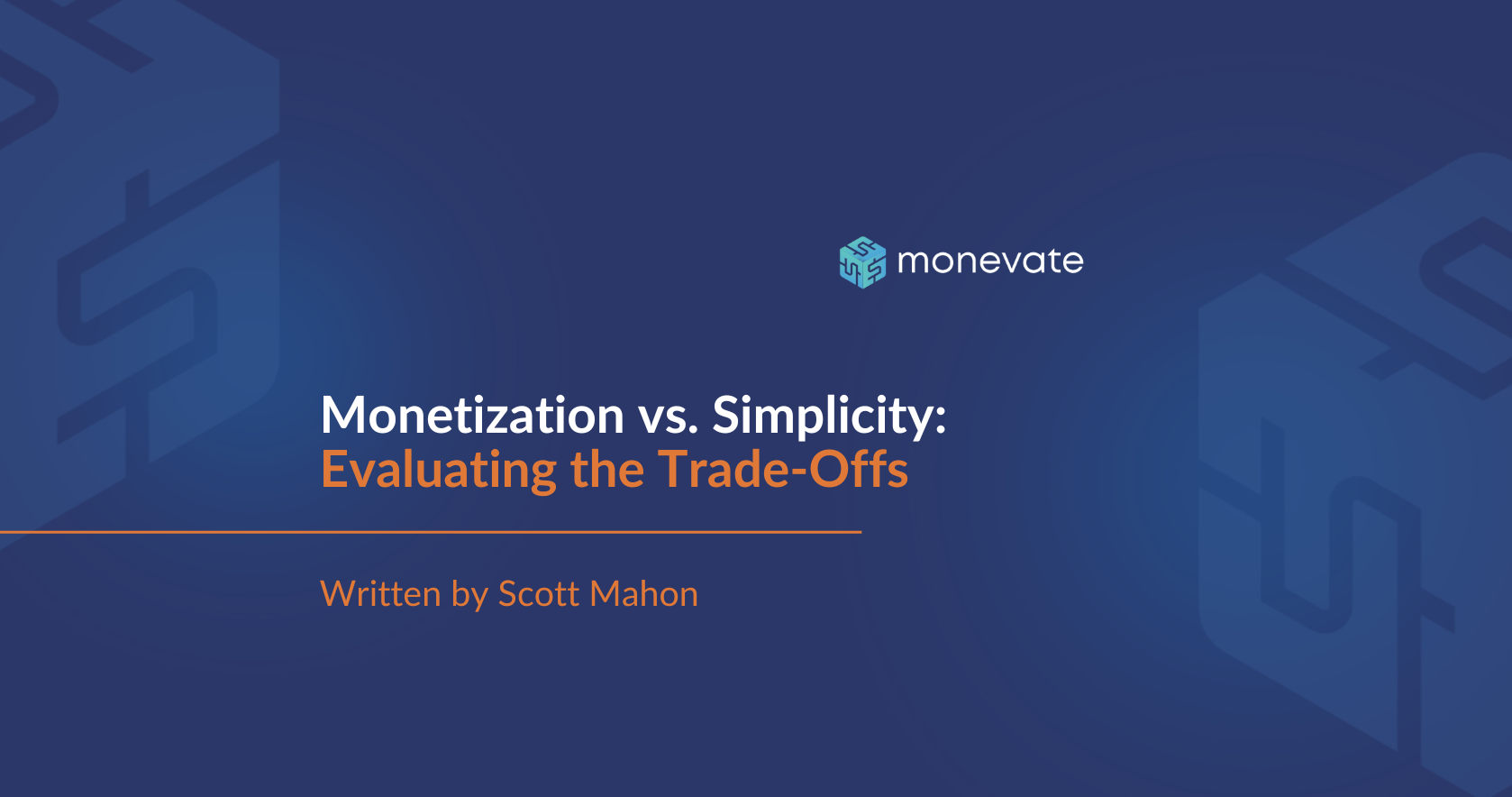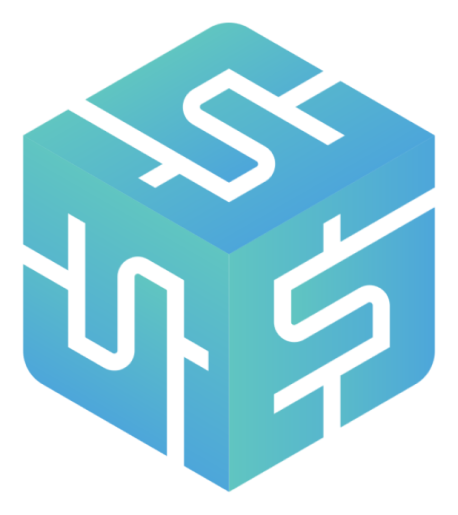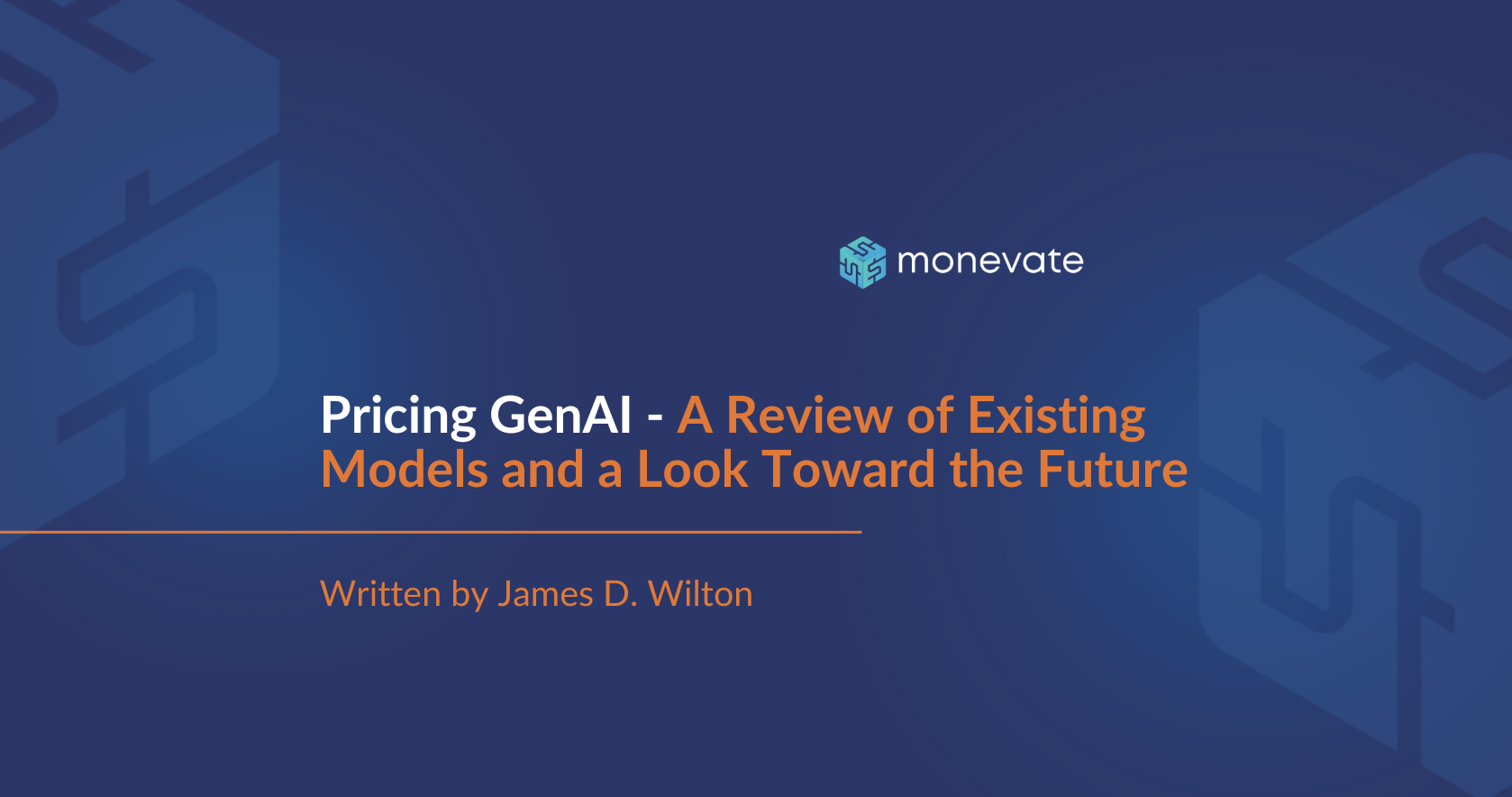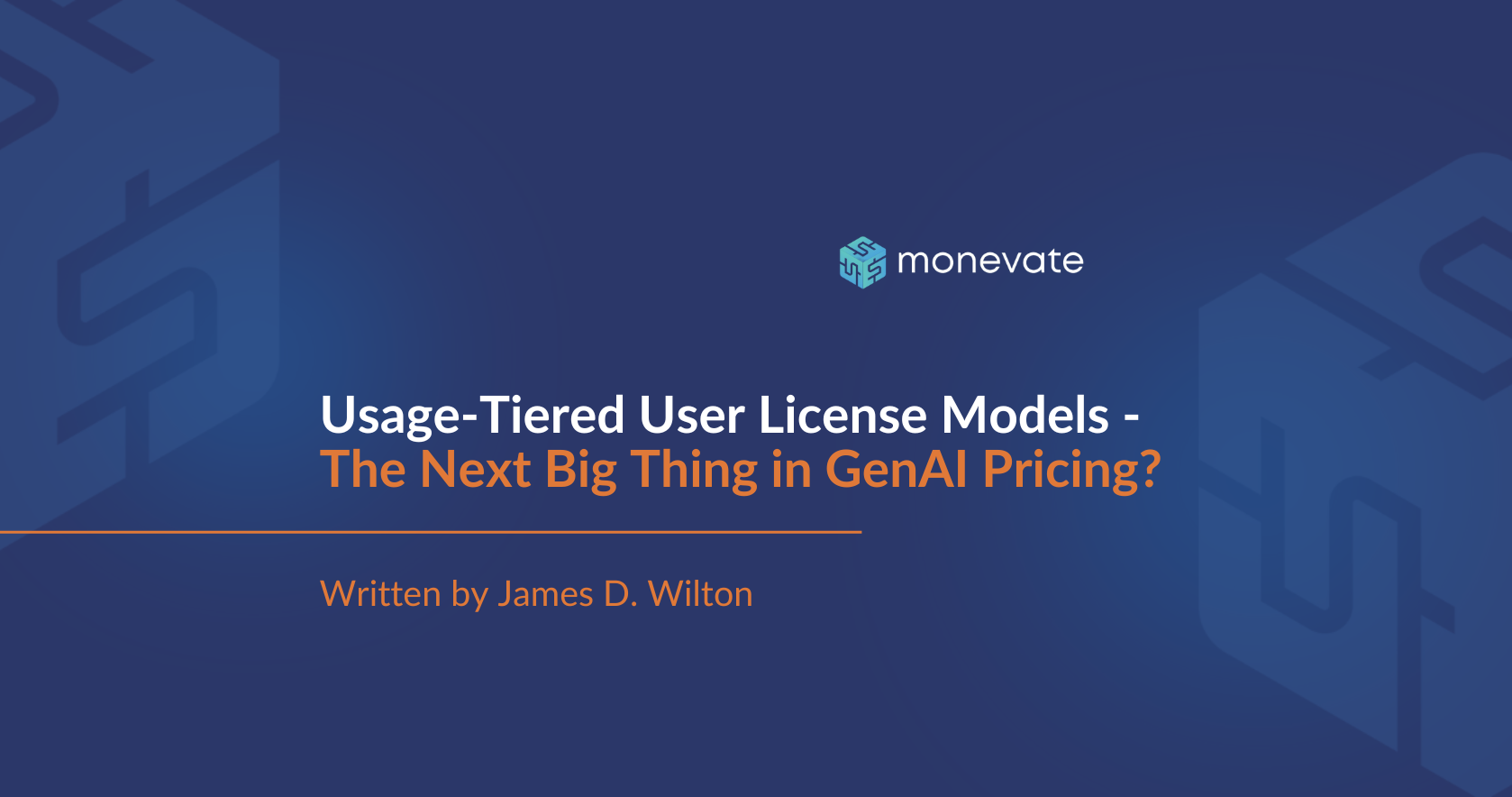How to Master B2B Product-Led Growth Pricing: Part 1
Product-led growth can be an effective strategy when your target is small and medium-sized businesses. However, to make it work, you need a B2B product-led growth pricing strategy, which is tricky to get right.
To cut through the noise, James D. Wilton explains the 7 commandments of B2B PLG pricing.
In this article he delves into the first three commandments that focus on packaging.
Product-led growth (PLG) is undoubtedly on trend. A PLG strategy means that the product is the primary driver of customer acquisition, retention and upsell, replacing a traditional sales force. The benefits, when it works, are immense. The cost of customer acquisition (CAC) can be dramatically lower, and the revenue per employee (ARPU) significantly higher.
PLG strategies are well-established in the B2C space, being the primary model used. In B2B however, the traditional strategy is sales-led. This is partly because the larger transaction sizes can support or justify sales reps, and partly because of the size and complexity of Enterprise deals. Also, the demands for customization and attention from the customer mean that a salesperson is required to navigate the sales process effectively.
However, this breaks down somewhat in the SMB space. SMB buyers are still businesses, but they act a lot more like consumers.
Enterprise buyers are often professional purchasers and so have the time, attention, skills, and incentives to make sure they get the absolute best deal.
SMB buyers are often busy professionals who don’t have a lot of time to rigorously evaluate a deal across a large set of criteria. They often don’t want to speak to a sales rep. In a recent study for HR management software, 75% of buyers surveyed said they would not consider a vendor where they had to contact a salesperson to get a quote!
Of course, SMB deal sizes are significantly lower than for Enterprises. There are a lot of potential buyers out there so PLG as a strategy is sensible.
On the other hand, SMB deals are still B2B buys, and retain some of these dynamics. Most notably there is a range of willingness-to-pay across SMBs of different sizes. While deal sizes are smaller than Enterprises, the transaction sizes are still typically larger than consumer purchases and often impactful on business budgets, so it’s still important for the buyer to have sufficient options and to feel the purchase aligns to value.
All-in-all, PLG makes a lot of sense for SMB buyers, but the B2B elements mean you have to build the pricing strategy somewhat differently.
At Monevate, we frequently work with SMB-focused SaaS companies using (or with aspirations to use) a PLG strategy to build out pricing strategies that will help achieve their business objectives. While every client is different and a pricing strategy needs to be fully tailored to their unique objectives, product build and market dynamics, there are a few elements we consider to be best practices that transcend other factors.
We call this list of unbreakable laws:
The 7 Commandments of B2B PLG Pricing
'
The first three are on the topic of packaging
1. Keep packaging sufficiently simple and clear
The word “sufficiently” is key here. PLG pricing should always be simple, since you need customers to understand and decide quickly and easily. Consumers typically require such a high degree of simplicity that anything more granular than a good-better-best strategy with ~3 tiers is likely too complicated. B2B buyers need simple choices too, but what is deemed “sufficiently” simple for an SMB buyer is typically more intricate than what qualifies for a consumer.
This means that you have more wiggle room to capture value. Degrees of simplicity and monetization usually pull in opposite directions, and SMB buyers will often tolerate a packaging approach that is more granular and thus more monetizing. A “base + modules” structure can be palatable, and more add-ons can be included without risking adoption.
Keep your packaging simple. But, not so simple that you unnecessarily reduce your value capture.
2. Gate packages appropriately
For most SaaS businesses, year-over-year revenue growth is a key priority. Upsells are an important driver of revenue growth, and a PLG strategy means your price structure does a lot of the heavy lifting in upselling the customer for you. If you are using tiers, being able to push customers to a higher tier is extremely valuable, and “gating” can help with that.
Gating essentially means placing some kind of capacity maximum – often number of users, or a certain measure of usage – on your tiers.
When the customer crosses the threshold, they are required to upgrade to the next tier.
Two notes of warning:
- It is extremely important to gate on metrics that the customer feels are linked to value, and acceptable as a basis for pricing. If this is not the case, the customer will feel aggrieved that they have to pay more (and presumably purchase features they may not want/need) based on an arbitrary metric.
- You must set the capacity at a level where you will upgrade a segment of customers with a higher willingness-to-pay. The best way to find this level is through market research, potentially leveraging conjoint analysis.
3. Prioritize freemium over free trial
Freemium means creating a feature-limited or usage-limited free version of a product that can be used indefinitely.
A free trial provides free access to the product before the customer decides to purchase the product.
Both are good and viable strategies for customer acquisition but they are effective in different situations.
For a free trial to be effective, the customer needs to see enough value in the product over the trial period to decide to pull the trigger and make a purchase. It’s often said that “customers don’t value what they can get for free” and, in our experience, that’s generally true. This can mean that without significant attention from the vendor, customers often won’t engage in the trial – they may never use the product. Consequently, free trials that are successful tend to involve a lot of direct support and guidance from the vendor, which is time consuming and expensive.
With freemium, the pressure to convert a customer in a short period of time goes away, since the customer can be on the free version indefinitely. This means that the customer-success motion to get them to engage and realize value can be handled in a less-intense, more product-led way. This works better for product-led strategies.
This relies on the vendor being able to create a free version that is sufficient valuable to secure the customer’s interest without providing so much value that it will be difficult to upgrade them to a “paid” version, which should ultimately be the objective.
“Reverse trials” are another idea many companies are now adopting. This is a model where the customer receives the “full” product for a short trial period, then is downgraded to the features/capacity limits of the free or first paid plan. This has the advantage of (a) providing a richer experience than the free version which will likely drive engagement and (b) helping the customer understand what they are missing on the lower tiers, thereby making conversion more likely.
---
Hopefully these three PLG pricing commandments have given you a good insight into the key considerations to bear in mind when putting together packages for your SMB market.
Check out the second installment of this article, where we share the next four commandments which go beyond packaging to explore other important aspects of PLG pricing.
For a deeper dive Product Led Growth, watch our full masterclass on exactly this topic. Simply, join The Cube (our premiere pricing community) to gain free and instant access to this and all previous recordings, slides, transcripts, and tactical resources.














